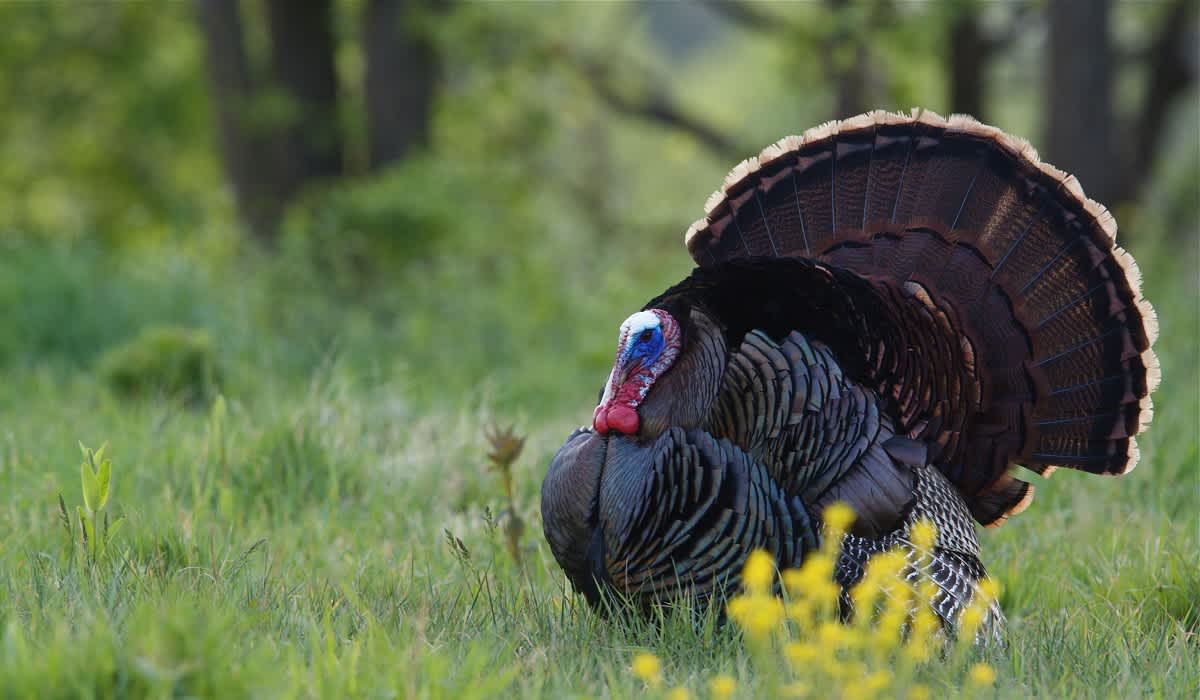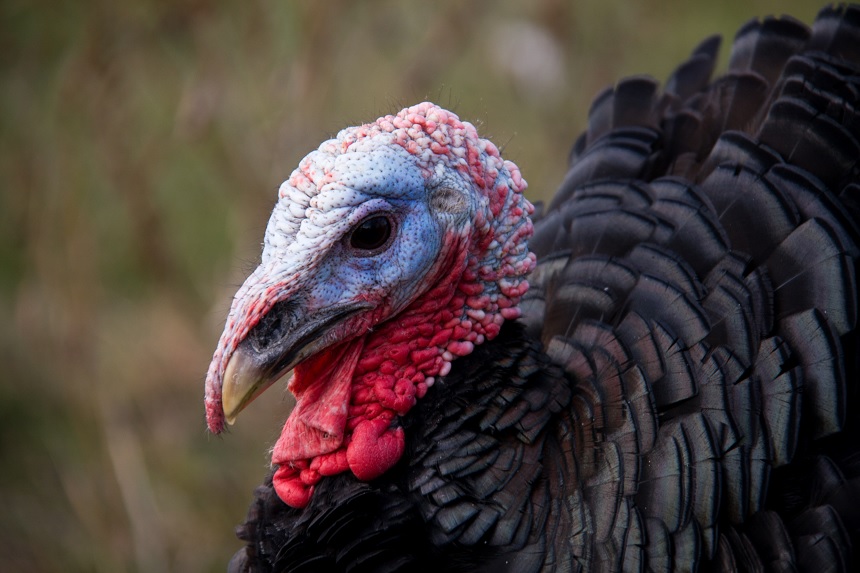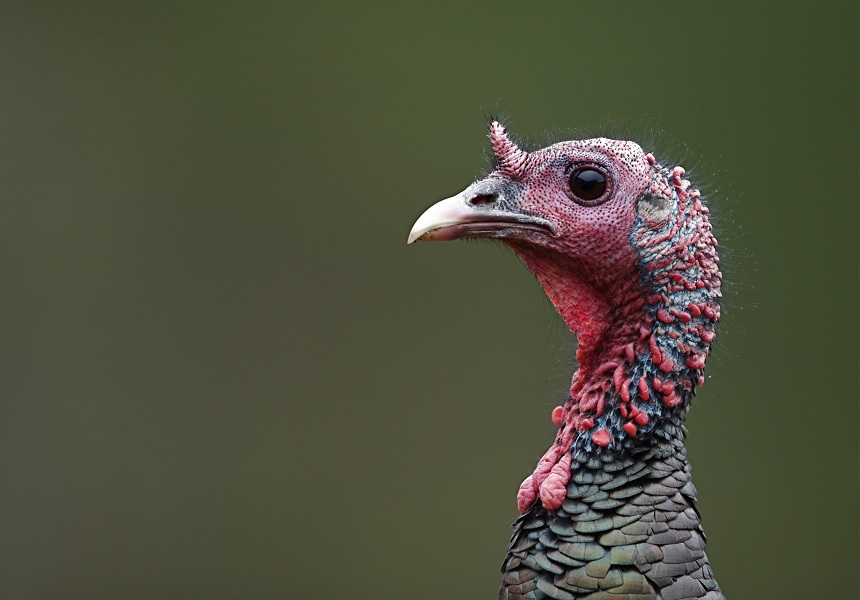Wild Turkey Anatomy and Physiology
DeerCast 04.17.20

Turkeys are always a challenge to hunt, but their anatomy and physiology is just as intriguing. Some think they are ugly, while others appreciate the array of colors and behavior. Heck, they were almost our national bird. So, as you gear up to chase these illusive birds in their natural habitat, take some time to familiarize yourself with some basic wild turkey anatomy and physiology.
The Head:

The head of a turkey is a colorful cornucopia. Composed of the caruncles, wattles, snood and dewlap, all are used for different purposes. The changing of color and shape in males emanates aggression, sexual arousal and overall mood. It is a signpost for other turkeys. There are also tiny hairs and feathers around the ear to aid in hearing.
Spurs:
The main fighting tool of a tom is the spur. Since they do all the fighting for the right to breed, they are only present in males. Gobblers jump and use their spurs as daggers to attempt to injure the competition. Spur length is good teller of age, too. Toms with spurs longer than an inch are mature birds, while toms with spurs an inch or less are usually two-year old birds.
The Beard:

A turkey’s beard is made from the same material as a rhinoceros’ horn—keratin. Keratinized epithelial cells are cells filled with the protein keratin. In this case, feathers in toms (and in some hens) keratinize and form the beard. So, a beard is essentially a collection of specialized feathers.
Eyesight:

Archibald Rutledge once said, “the turkey’s eyes are such that he can see a bumblebee turn a somersault on the verge of the horizon.” Turkeys can see as a human would while using 8-10x zoom on a pair of binoculars. They also do not have to focus in on objects. If they can see it, it is always in focus. Being able to see in a 300-degree range helps, too. The only spot they cannot see without turning their heads is directly behind them.
Oh, and unlike deer they can see color very well. Good luck.
Light and Dark Muscle:
A turkey’s breast is what we call white meat, while its thighs and legs are dark meat. Why is this? White meat is made of light muscle. These muscles are meant for short burst of energy and lack a lot of hemoglobin to sustain activity for too long. Dark meat is composed of dark muscle, which contains high levels of hemoglobin and help sustain a lot of activity for long periods of time. Turkeys walk way more than they fly, so that is why the meat of the legs is dark and the breast is white. (This is why the breast of migratory birds like ducks is dark, FYI).
What interesting things have you noticed about a turkey’s anatomy and physiology?

